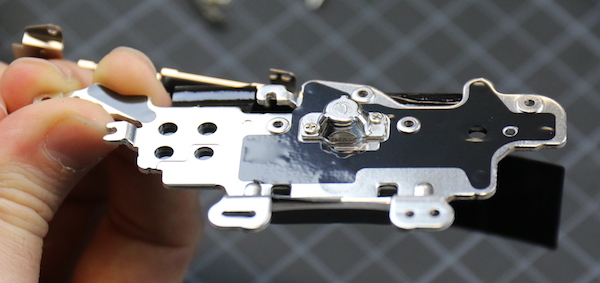Materials science is a complex field, the material you need to use depends a lot on the exact use and environment.
For a camera the body has a number of requirements, it must be light tight, as light as possible, have adequate strength to support in use loads such as lenses, be able to cope with impacts that do not pass damage from the outside to the inner components, withstand both heat and cold without appreciable changes in dimensions and no doubt others such as absorbing heat from internal electronics and radiating it into the surrounding air and having the appearance of adequate quality and feeling right to the user.
Everyone has a different opinion on what they like. Plastic is a great engineering material, but it doesn't have to be used on its own, it can have internal metal parts with plastic moulded around them.
One plastic that impressed me was developed by ICI to be used in intrinsically safe tools on oil rigs, these were made of a plastic called Verton that was phenomenally strong but could not strike sparks if dropped on, or slipped off, metal parts in an atmosphere with flammable gases around.
Ask an engineer, get an answer about engineering.

